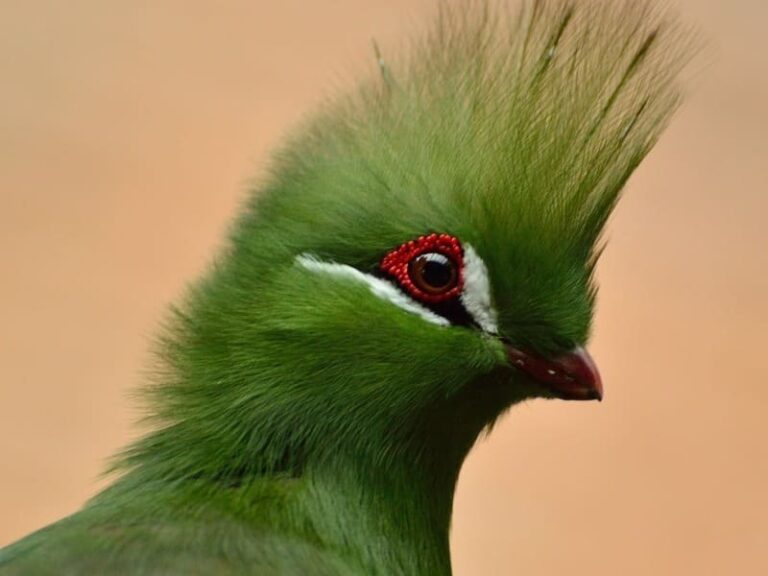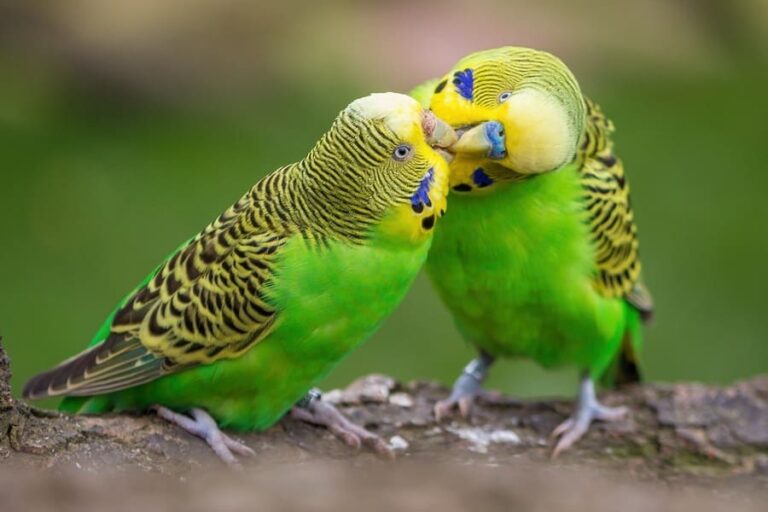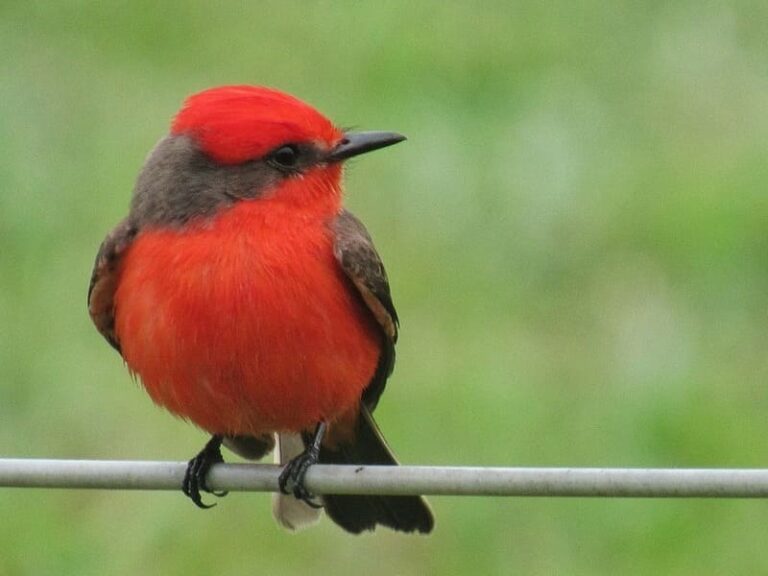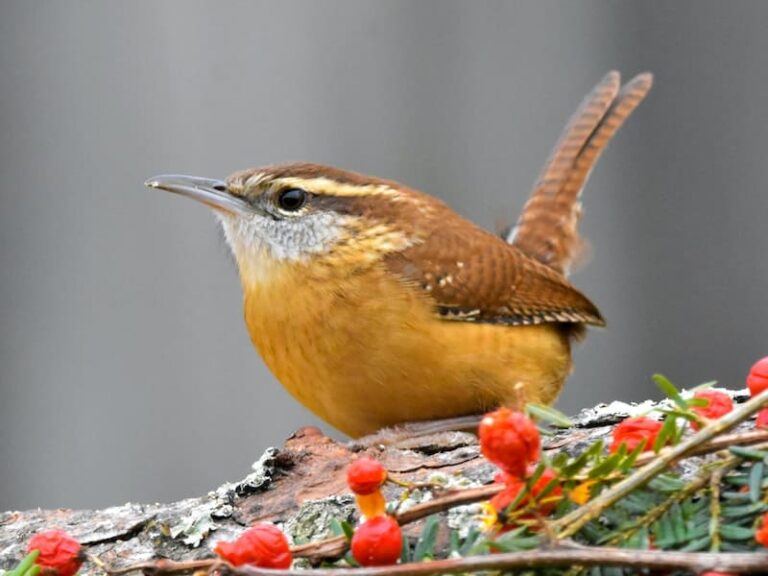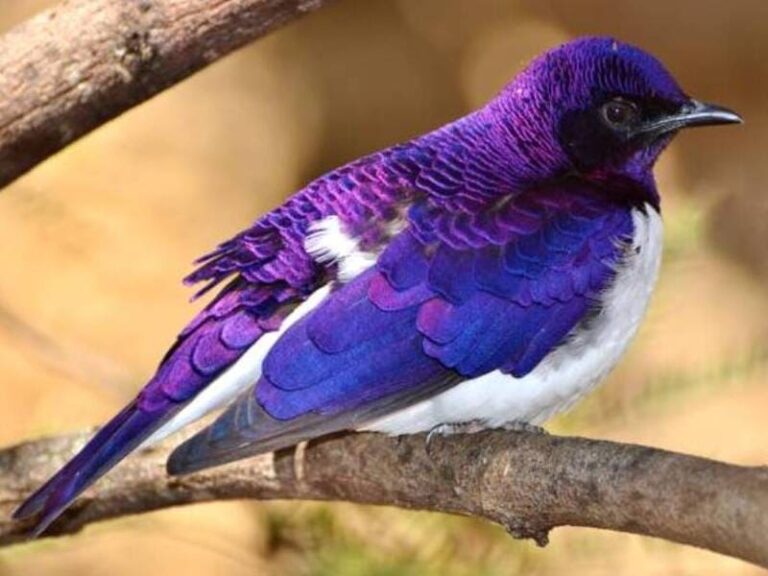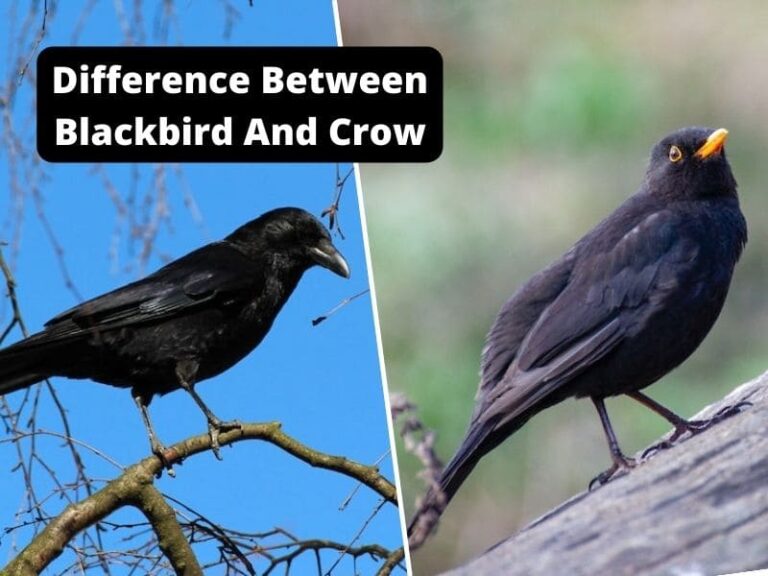11 Species Of Woodpeckers In Washington State
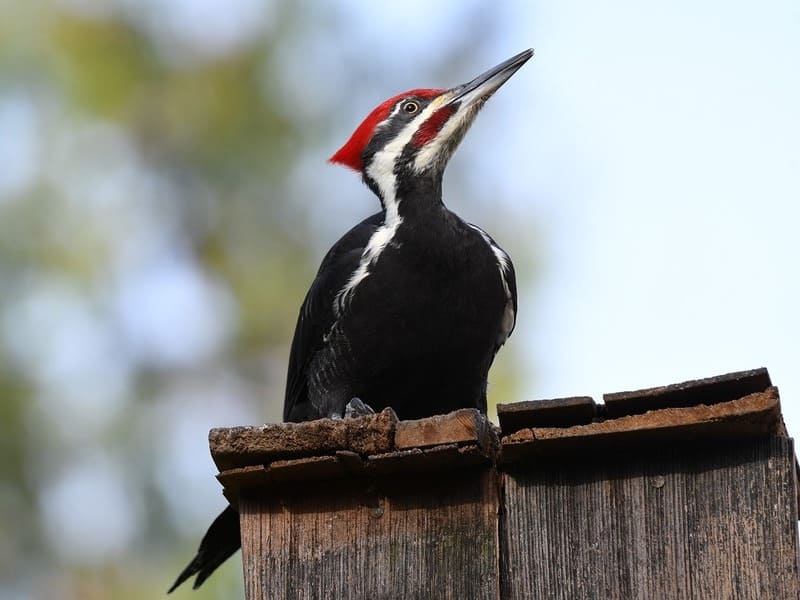
If you’re an ornithology enthusiast or just a casual birdwatcher, then you won’t want to miss out on the wide variety of woodpecker species that reside in Washington state.
From the impressive Pileated Woodpecker to the small Downy Woodpecker, these unique birds will leave an impression as they flit through your backyard.
In this blog post, we will explore 11 different species of woodpeckers in Washington state and examine some of their key characteristics so that you can properly identify them.
We’ll explore details about their appearance, their behavior, and other notable facts that make them special so you can better appreciate these magnificent creatures.
Whether you are looking for sightseeing tips or more-resolution images for research purposes, this post has something for everyone who is interested in learning about these amazing feathered creatures.
Woodpeckers in washington state
Woodpeckers found in Washington State enjoy a unique habitat of misty, evergreen forests and wetlands. There are over twenty species that can be seen throughout the region.
Many of them are considered to be “red-shafted,” including the most commonly found Northwestern Crested Woodpecker and the Three-toed Woodpecker.
Other notable woodpeckers found in this area include the Pileated Woodpecker, one of the largest woodpeckers in North America whose drumming can be heard through thick woods up to half a mile away, and their close cousins, the endangered Red-cockaded Woodpeckers, which primarily reside in mature pine forests along the coastal regions.
These birds prefer more solitary habitats than most other woodpeckers, delivering both physical benefits and pleasure to Washington residents with their migratory patterns, colorful feathers, and melodic drumming sounds.
You will also enjoy reading: What do Woodpeckers Eat?
1. Hairy woodpecker
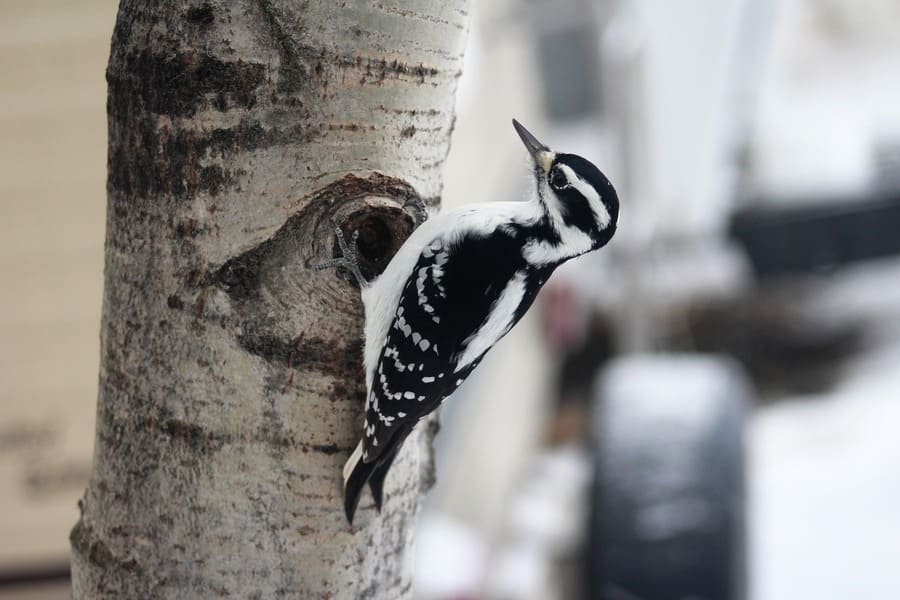
- length: 7.1-10.2 in
- weight: 1.4-3.4 oz
- wingspan: 13.0-16.1 in
Hairy woodpeckers are impressive and unique birds native to Washington. They have long, powerful beaks that can be used both to chisel into trees to find food as well as a communication tool.
Its length is 7.1-10.2 inches, weight is1.4-3.4 oz, and wingspan is 13.0-16.1 inches. These birds also feature large heads and necks adorned with a red patch on the back of their heads, adding to their recognizable appearance.
The rest of the bird’s body is mostly black in color, making it difficult to blend into its natural environment and go unnoticed by predators.
However, the most distinguishing characteristic of these birds is the densely packed black and white feathers covering their bodies, giving them the appearance of being particularly fuzzy or “hairy”.
As many people know, these iconic birds also have an affinity for making loud drumming noises with their claws against tree trunks, making them one of the most recognizable species in North America.
2. Northern flicker
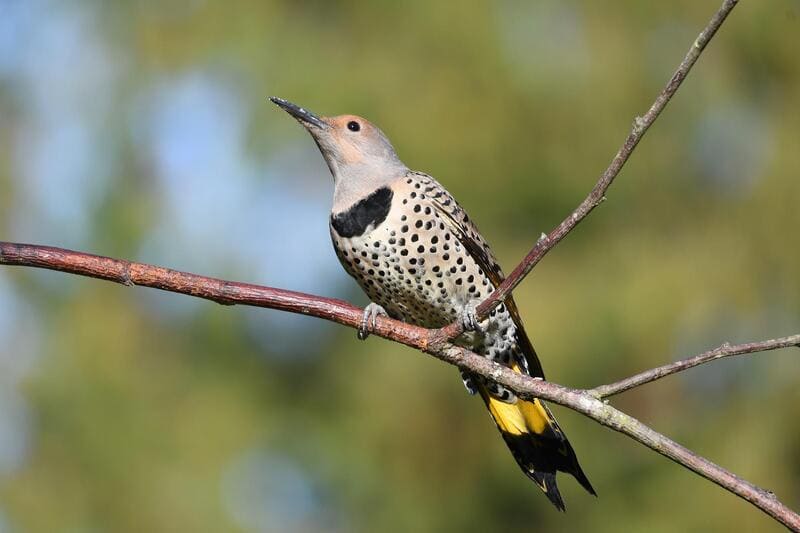
- length: 11.0-12.2 in
- weight: 3.9-5.6 oz
- wingspan: 16.5-20.1 in
The northern flicker is an interesting and multifaceted bird species native to Washington state.
Many people recognize them for the distinctive “flick” of their wings in flight. Its length is 11.0-12.2 inches, weight is 3.9-5.6 oz, and wingspan is 16.5-20.1 inches.
Beyond that, these birds have a colorful history, with many aspects still debated among ornithologists and naturalists today.
For instance, there are numerous subspecies within the larger northern flicker classification that have slightly different characteristics that can lead to identifying them during migration and in different habitats.
Additionally, recent studies by various universities have discovered new migration patterns adopted by some populations of the flickers.
All this evidence indicates there is still much to learn about this elegant bird and in turn, the complex network of its ecosystems across the continent.
3. Pileated woodpecker
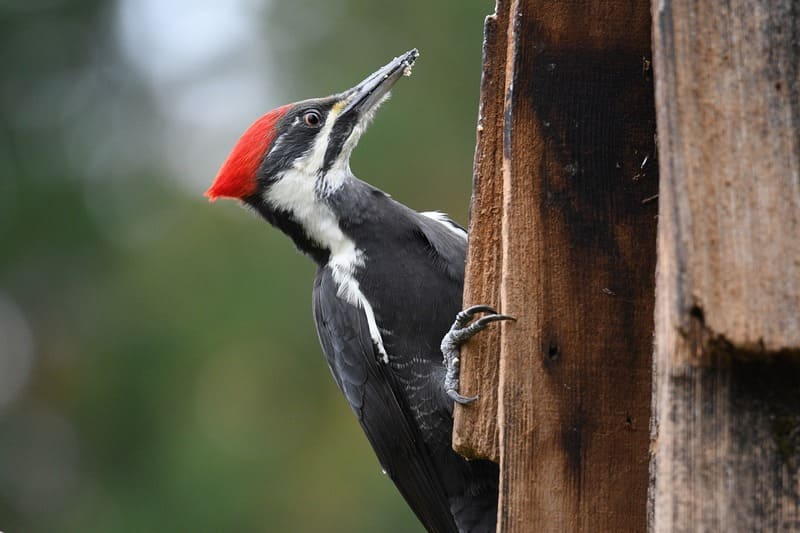
- length: 15.8-19.3 in
- weight: 8.8-12.3 oz
- wingspan: 26.0-29.5 in
The Pileated Woodpecker is truly a remarkable bird. It is the largest woodpecker in North America, making it unmistakable amongst the trees it calls home.
What really sets the Pileated apart from other woodpeckers is its distinctive appearance, black body feathers, white stripes, and a shocking red crest.
Its length is 15.8-19.3 inches, and weight is 8.8-12.3 oz, and its wingspan is 26.0-29.5 inches. Its diet mostly consists of ants, beetles, and larvae, which it finds by chiseling cavities in tree trunks or on dead logs.
The loud vocalizations also set them apart, they can be heard at some distance as they call out their territories.
All in all, the Pileated Woodpecker is an amazing species to observe and makes a great addition to any backyard ecosystem.
4. Downy woodpecker
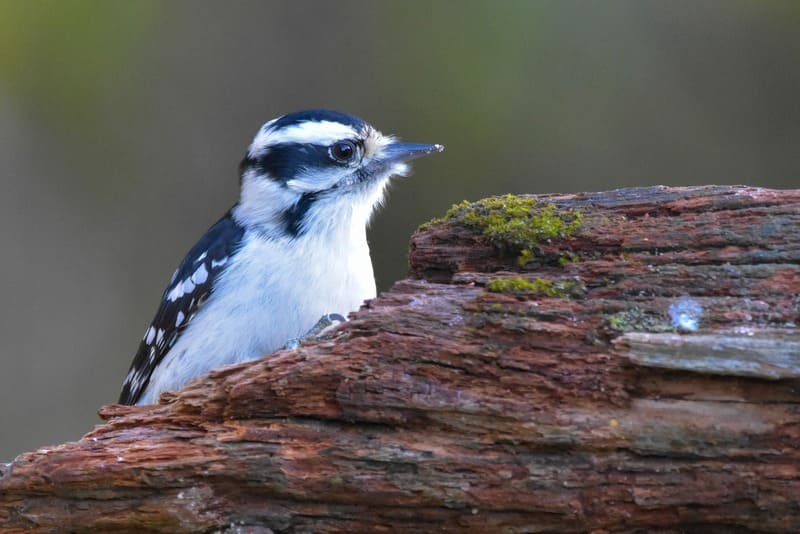
- length: 5.5-6.7 in
- weight: 0.7-1.0 oz
- wingspan: 9.8-11.8 in
The downy woodpecker is a little cutie! Its glossy black upperparts, white breast, and spotted wings make it attractive but easily distinctive.
These Washington woodland birds are mainly found in deciduous forests and are known to be quite sociable creatures. Its length is 5.5-6.7 inches, weight is 0.7-1.0 oz, and wingspan is 9.8-11.8 inches.
They love to hang out with other members of their species and can often be seen searching for insects together.
In spite of its small size, the downy woodpecker is actually one of the most wide-ranging North American bird species, extending all the way from Alaska and Canada down through Central America into South America.
These birds can also adapt to almost any environment, including suburban backyards; they regularly use suet feeders in urban regions.
The mellow call of the male will soon become familiar to anyone who has these birds in their neighborhood.
5. American three-toed woodpecker
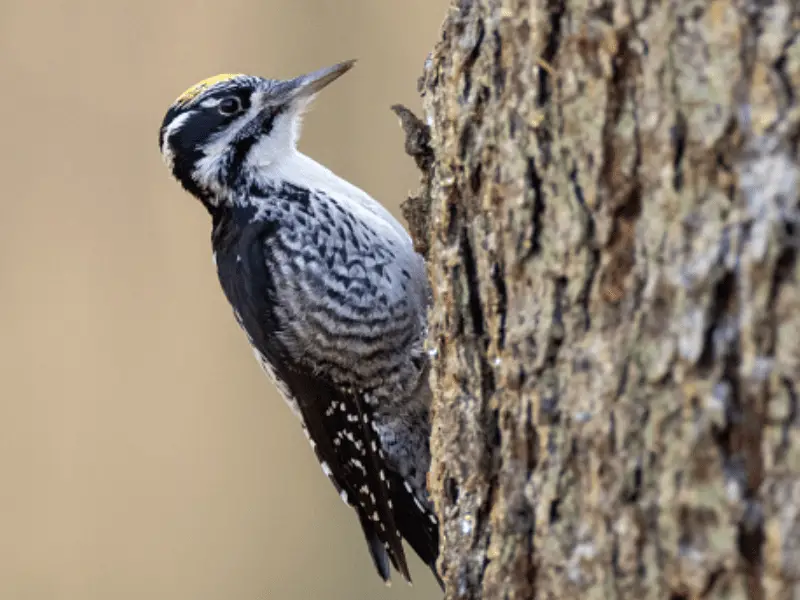
- length: 8.3-9.1 in
- weight: 1.6-2.4 oz
- wingspan: 14.6-15.3 in
The American Three-toed Woodpecker is an important species in Washington state, showing great adaptability to a range of climates and habitat types.
This species is found from western Alaska down to Mexico and the Appalachian Mountains in the east. Its length is 8.3-9.1 inches, weight is 1.6-2.4 oz, and wingspan is 14.6-15.3 inches.
They have a black and white back, with distinctive yellow across the crown and face, while their bills are elongated and vary in color depending on age and gender.
These birds are capable of excavating large cavities to use for nesting, which can be used year after year by multiple generations of woodpeckers.
Their diet consists largely of insects that they find in rotting logs or bark, as well as berries and nuts during winter months.
An important part of maintaining healthy forests, the American Three-toed Woodpecker is integral to its native ecosystems.
6. Black-backed woodpecker
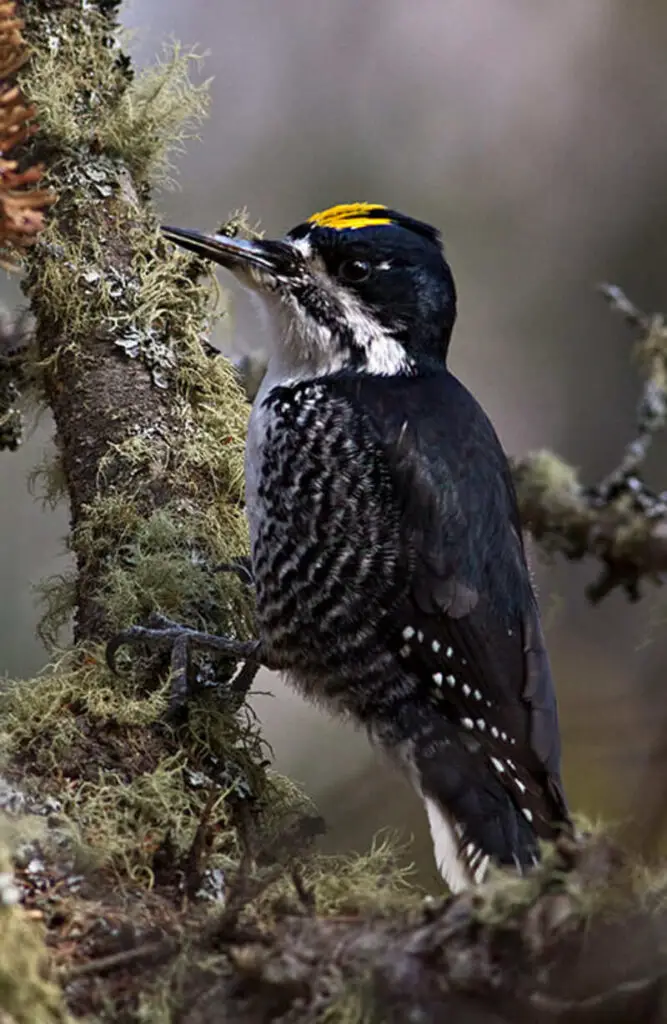
- length: 9.1 in
- weight: 2.1-3.1 oz
- wingspan: 15.8-16.5 in
Black-backed woodpeckers are excellent foragers, preferring to feast upon beetle larvae that are concealed beneath the bark of trees.
They are common sights in conifer and hardwood forests across Northern America, especially during the breeding season when they come out in droves searching for food. Its length is 9.1 inches, weight is 2.1-3.1 oz and wingspan is 15.8-16.5 inches.
In particular, they favor pine trees with barks that have been heavily infested by larvae, which they effortlessly prize open via their powerful beaks.
For these intrepid birds, no beetle larvae are too well-hidden or deep-seated to escape their determined pecking.
7. Williamson’s sapsucker
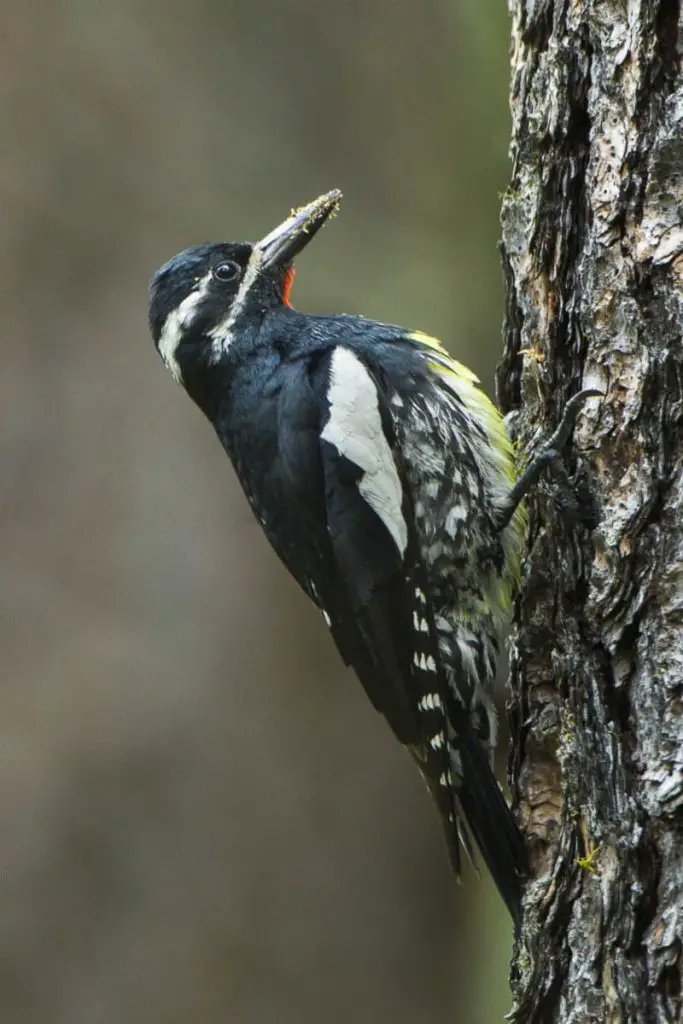
- length: 8.3-9.8 in
- weight: 1.6-1.9 oz
- wingspan: 13-15 in
Williamson’s Sapsucker is an impressive and unique bird species. Found primarily from the Rocky Mountains of Canada to the western United States, they have a wide range of habitats they prefer. Its length is 8.3-9.8 inches, weight is 1.6-1.9 oz, and wingspan is 13-15 inches.
The males are black and white feathered with a distinctive red patch on their heads which they use to attract mates during courtship displays.
Additionally, they build cavities in trees by peeling off strips of bark using their tongues, beaks, and claws, a process called girdling.
These sap wells are then filled with nutrient-rich sap that attracts other insects and fruit-feeding birds, further diversifying the bird population in the area and making them integral components of healthy ecosystems.
8. Lewis’s woodpecker
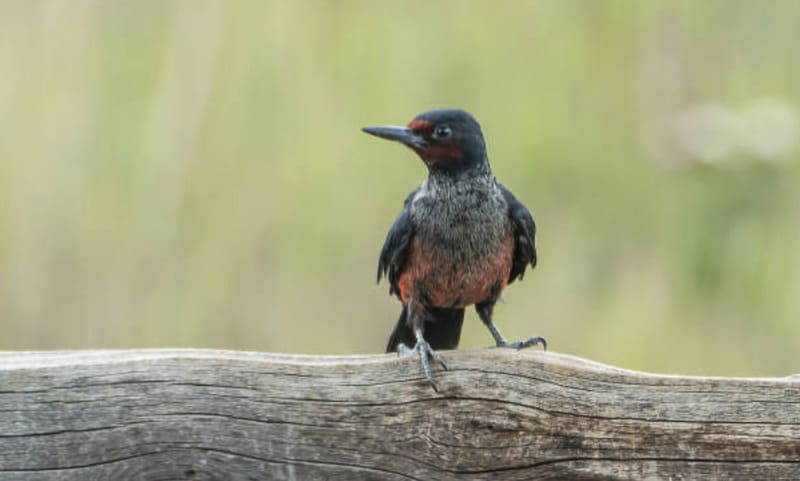
- length: 10.2-11.0 in
- weight: 3.1-4.9 oz
- wingspan: 19.3-20.5 in
Lewis’s woodpecker is an important part of the Washington state avian population and an intriguing species to observe.
Native to the arid western regions of the United States, these birds are remarkable for their distinctive, pastel-colored plumage and prominent crests.
They primarily feed by foraging for insects on dead trees or in decaying wood and have a strong penchant for gathering and caching grains, nuts, and other seeds. Its length is 10.2-11.0 inches, weight is 3.1-4.9 oz, and wingspan is 19.3-20.5 inches.
Unfortunately, due to habitat destruction through urbanization and fragmentation of their native forests, the numbers of Lewis’s Woodpeckers have been drastically declining.
Conservation efforts are underway to help protect this valuable species so future generations can delight in witnessing the fascinating behavior of this unique bird.
9. Red-naped sapsucker
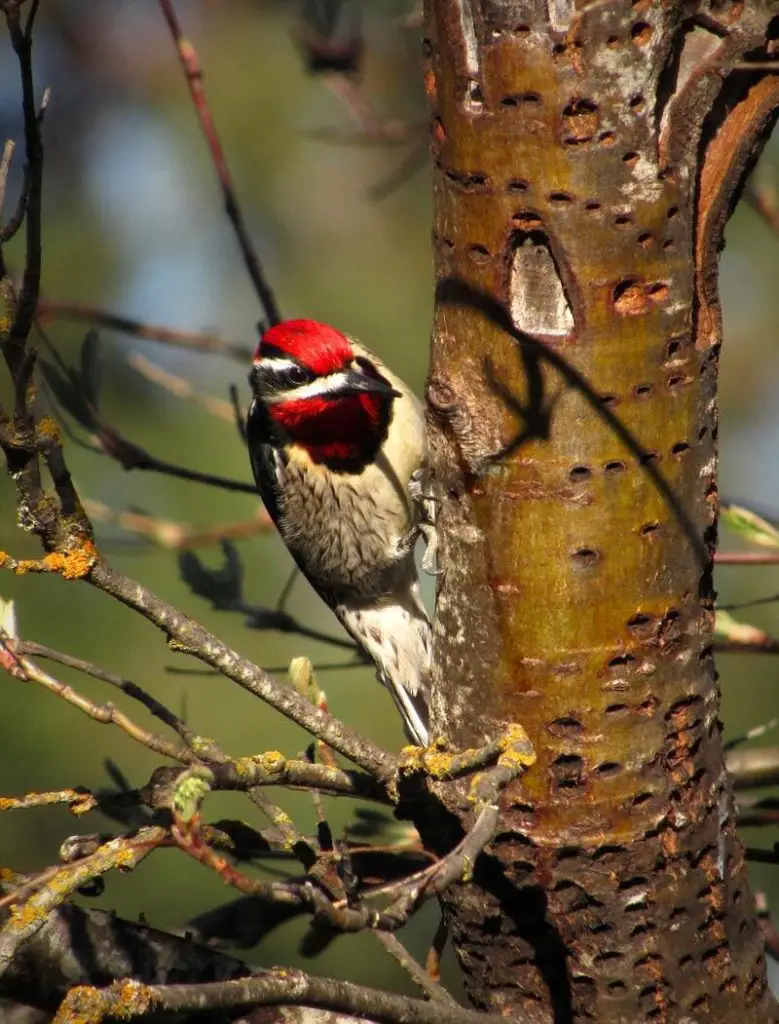
length: 7.5-8.3 in
weight: 1.1-2.3 oz
wingspan: 16.1-16.9 in
The red-naped sapsucker is a species of bird that can be found in parts of Canada, the United States, and Mexico.
It typically lives in coniferous or deciduous forests where it drills neat round holes in trees to feed on sap and insects. Its length is 7.5-8.3 inches, weight is 1.1-2.3 oz, and wingspan is 16.1-16.9 inches.
The beautiful bird has a distinctive red head and an interesting black-and-white striped back. To attract mates, males create percussion displays by drumming their bills against wood during the breeding season.
Interestingly enough, the female red-naped sapsucker builds its own nesting cavity while the male defends their nesting territory from other birds.
The energetic open-hole excavating process makes this small bird one of the most remarkable creatures among North American birds.
10. White-headed woodpecker
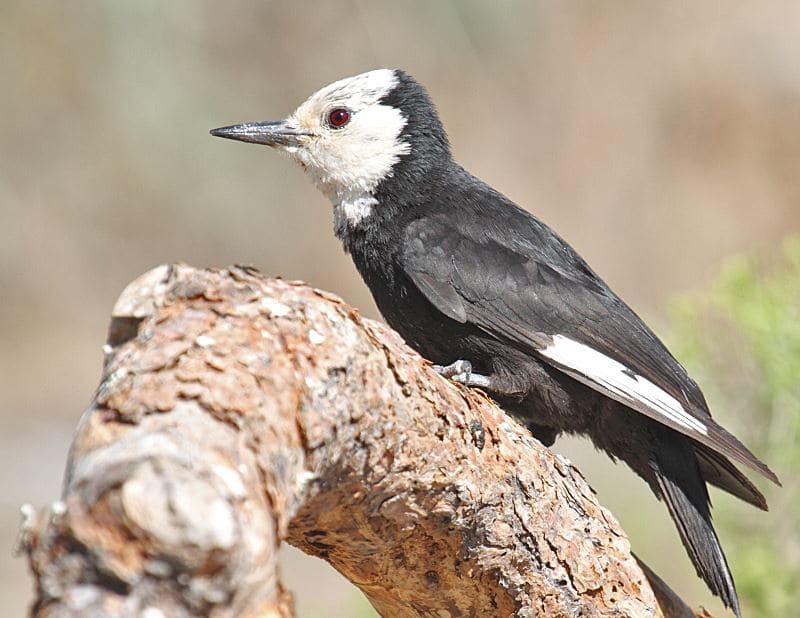
- length: 8.3-9.1 in
- weight: 1.9-2.3 oz
- wingspan: 16.9 in
The white-headed woodpecker is a remarkable species of bird that breaches the skies of Washington state.
With their nutcracker beaks and impressive wingspans, these majestic creatures make an impact in any setting they’re spotted. Its length is 8.3-9.1 inches, weight is 1.9-2.3 oz, and wingspan is 16.9 inches.
They feast on various species of insects, which makes them important predators in their natural habitats.
In addition to forming an integral part of their local ecosystems, the vibrant feathers of white-headed woodpeckers make them a captivating sight for anyone lucky enough to catch a glimpse of these birds soaring through the sky.
11. Red-breasted sapsucker
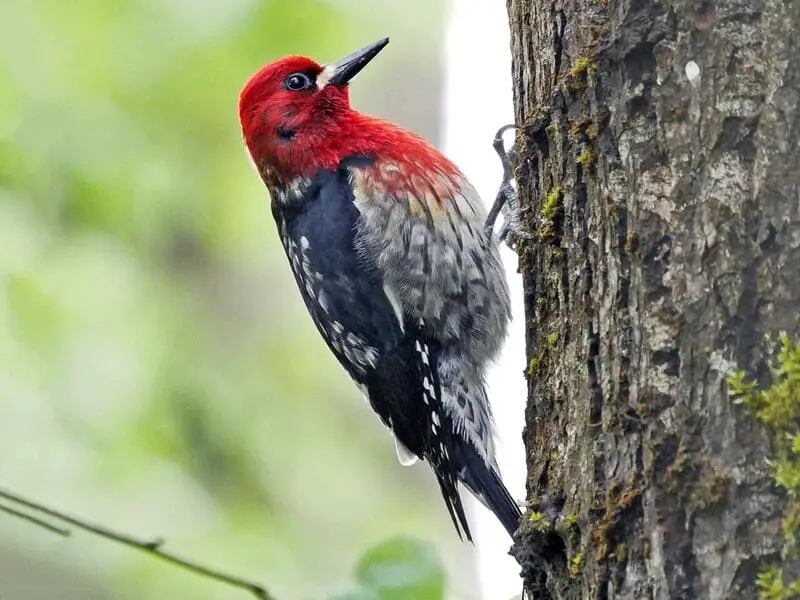
- length: 7.9-8.7 in
- weight: 1.9-2.2 oz
- wingspan: 14.6-16.0 in
The red-breasted sapsucker is a fascinating species of woodpecker native to both North and South America.
It is named for its diet of sap and small insects found on trees, as well as for its distinctive reddish body plumage. Its length is 7.9-8.7 inches, weight is 1.9-2.2 oz, and wingspan is 14.6-16.0 inches.
The sapsucker typically seeks out weakened or dead trees to feed on the tree sap and the larva or small insects that may be present in those areas.
Beyond their diet, the red-breasted sapsucker utilizes its sharp beak and strong claws to excavate holes in order to attract sap from various tree species.
As they drink, they also often leave rows of irregularly spaced holes which help shape and provide diverse habitats for other wildlife species.
Because of this, red-breasted sapsuckers are invaluable species in fostering a healthy environment with thriving biodiversity.
Are woodpeckers protected in Washington state?
While woodpeckers are generally protected from persecution by humans throughout the United States, this is especially true in Washington State, where various species of woodpecker are highly guarded by both state and federal regulations.
There are nearly twenty identified species of woodpecker that call Washington home, all of which provide significant amounts of ecosystem services.
Such as assisting in pest control and redistributing nutrients throughout the landscape. Therefore, it is not just important but critical that their habitats are given special protection so they can continue thriving here.
The diverse ecology provided by having different species present in each area helps to ensure a healthy balance among other animals, insects, and plants alike.
Can you shoot woodpeckers in Washington state?
In Washington State, shooting woodpeckers is something that can be done in certain cases.
Although the answer depends on why you want to shoot a woodpecker, generally speaking, hunting them is only allowed during open season and is regulated by the Department of Fish & Wildlife under state law.
Individuals interested in shooting woodpeckers must obtain a hunting license and should follow all hunting regulations to remain within legal limits; harvesting any amount of woodpeckers outside of these regulations may result in a fine or removal of hunting privileges.
It’s important to remember that some species of woodpeckers are also listed as endangered, and collecting or killing any type of animal from an endangered list is punishable by steep fines or jail time.
Final words
The next time you go for a hike, take some time to listen to the woodpeckers. With eleven different species in Washington State, there’s a good chance you’ll hear at least one if not many. Watch for their distinctive patterns and colors as they fly from tree to tree or perch on a branch.
And, if you’re lucky enough to see them up close, you might even see the long tongue that they use to catch insects deep inside trees. What kind of woodpeckers have you seen in your state?
Interesting articles:

